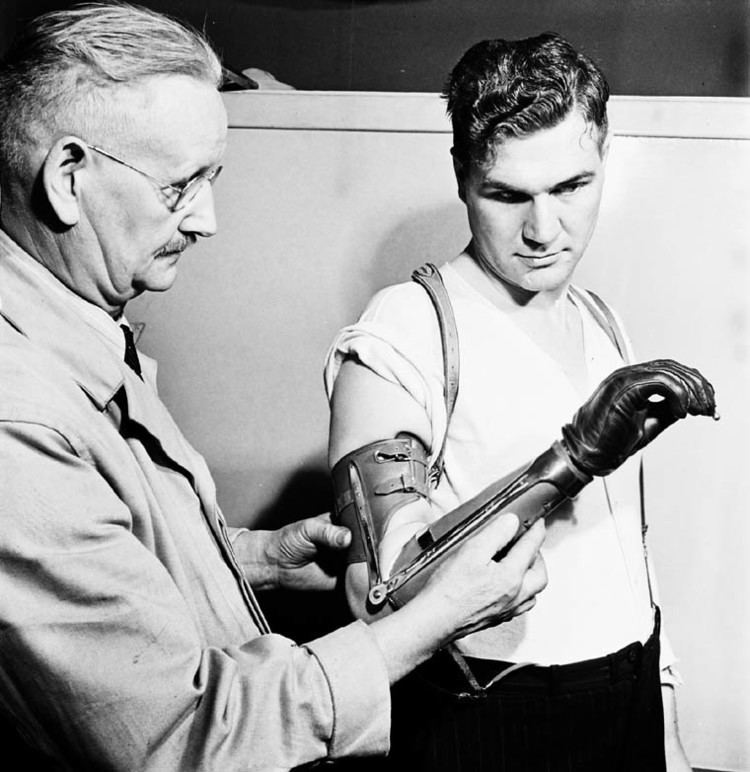Country Canada March Wait for the Wagon | Type Corps | |
 | ||
Active 1 November 1901 – 1 February 1968 disbanded/decommissioned/inactive Role (Canadian Army) Permanent Active Militia Motto(s) Nil Sine Labore (Latin, "Nothing Without Work") | ||
For successor see Logistics Branch
Contents
The Royal Canadian Army Service Corps (RCASC) was an administrative and transport corps of the Canadian Army. The Canadian Army Service Corps was established in the Non-Permanent Active Militia in 1901, and in the Permanent Active Militia in 1903. The Canadian Permanent Army Service Corps was redesignated The Royal Canadian Army Service Corps on 3 Nov 1919.
History
The RCASC was established, by General Order No. 141, as the Canadian Army Service Corps (CASC), on November 1, 1901. The CASC was modelled directly off the British Army Service Corps to provide all transportation and supply services to the Army. Initially, the CASC consisted of four companies to support the Active Militia units. The Corps grew quickly, doubling the number of units by 1903, and growing by another three companies by 1905. By the summer of 1914 the CASC had a strength of 3000 personnel in eighteen companies.
During World War I, the CASC provided a support element for each Canadian Division, and later on, for the Canadian Corps. With the introduction of motorized vehicles, the CASC carried commodities of a greater range and of greater weights. Motorized transportation also resulted in expanded responsibilities such as driving ambulances and engineer pontoon vehicles, carrying all natures of ammunition, and mobile repair and recovery. In recognition of the services rendered during the Great War, His Majesty King George V authorized the designator “Royal” in 1919.
The RCASC, along with the rest of the Army, underwent a rapid expansion as Canada mobilized for the Second World War. In addition to maintaining transport for the army on land, the R.C.A.S.C. also commanded and maintained a ship-borne freight and patrol company, the Pacific Command Water Transport Company, R.C.A.S.C., during World War II. The RCASC provided support to Canadian Soldiers wherever they went; training in Canada and Great Britain, the campaign in north-west Europe, and in the campaign in Italy. The RCASC moved supplies from the rear areas to the front-lines. They delivered all rations, ammunition, petroleum products, and all other essentials. They did so with a variety of vehicles ranging from three to ten ton trucks, and forty ton tank transporters.
During the 1950s, the RCASC committed No. 1 and No. 2 Movement Control Groups, 54 Canadian Transport Company, 28 Motorized Ambulance Company, and 58 General Transport Company to the Korean War. In 1952, 23 Transport Company relieved 54 Transport Company, which was in-turn relieved by 56 Transport Company. 3 Transport Company was the last to serve in Korea in 1954. 4 Transport Company (previously known as 56 Transport Company and then 5 Transport Company) moved from Winnipeg to Calgary in August 1967. In June 1968, 4 Transport Company combined with elements of the static 13 Transport Company. Three months later that organization became the Transport Company of 1 Svc Bn.
Unification
When the Army, Royal Canadian Navy, and Royal Canadian Air Force were merged in 1968 to form the Canadian Forces, the administrative Corps of the Army were deactivated and merged with their Naval and Air Force counterparts to form the Canadian Forces' personnel branches.
RCASC units overseas 1945
1st Armoured Brigade
2nd Armoured Brigade
1st Infantry Division
2nd Infantry Division
3rd Infantry Division
4th Armoured Division
5th Armoured Division
1st Corps Troops
2nd Corps Troops
First Canadian Army Troops
General Headquarters, Line of Communication and Base Troops
RCASC units in Korea and Japan 1950-1955
Korea
Japan
